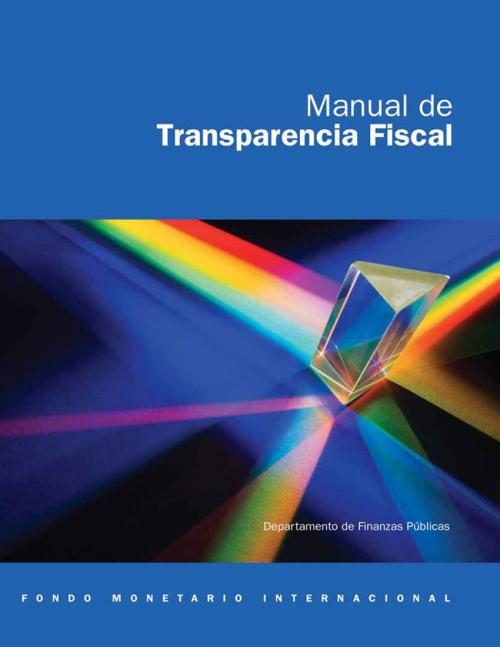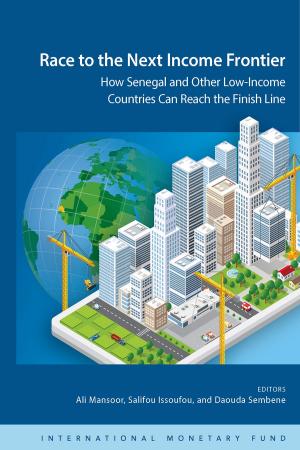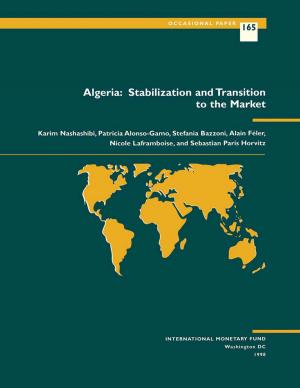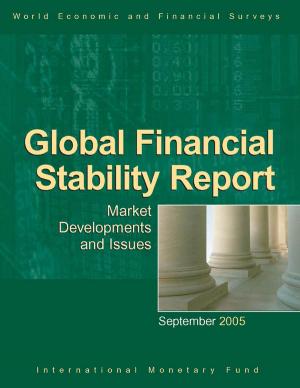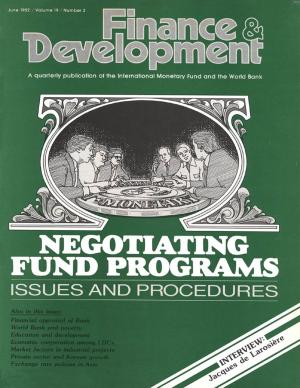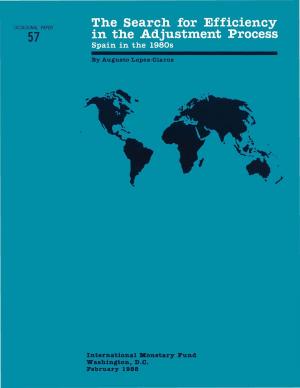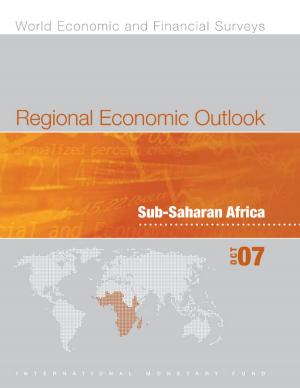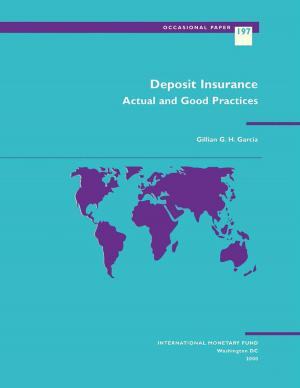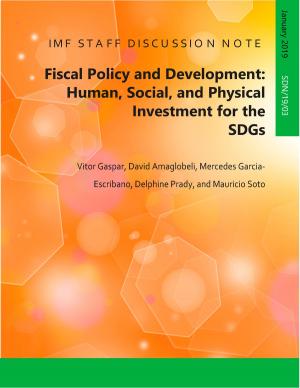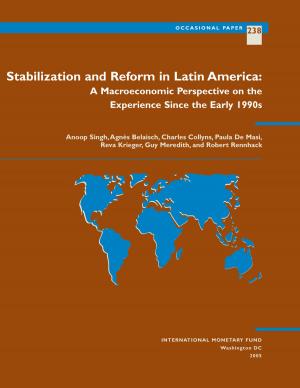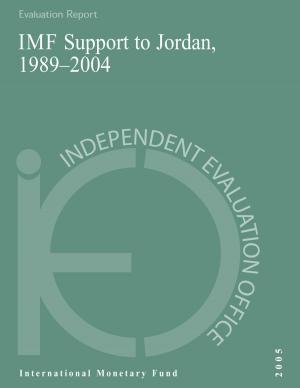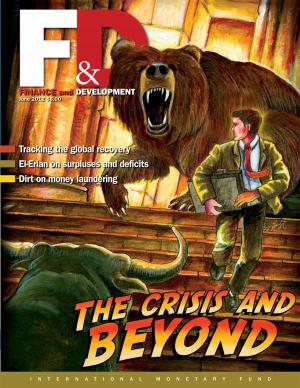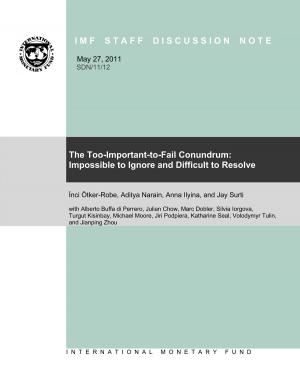Manual on Fiscal Transparency (2007) (EPub)
Business & Finance, Economics, Statistics, Public Finance, Finance & Investing, Finance| Author: | Dawn Elizabeth Ms. Rehm, Taryn Ms. Parry | ISBN: | 9781452784649 |
| Publisher: | INTERNATIONAL MONETARY FUND | Publication: | June 10, 2008 |
| Imprint: | INTERNATIONAL MONETARY FUND | Language: | Spanish |
| Author: | Dawn Elizabeth Ms. Rehm, Taryn Ms. Parry |
| ISBN: | 9781452784649 |
| Publisher: | INTERNATIONAL MONETARY FUND |
| Publication: | June 10, 2008 |
| Imprint: | INTERNATIONAL MONETARY FUND |
| Language: | Spanish |
The Manual on Fiscal Transparency provides an authoritative account and explanation of the revised IMF Code of Good Practices on Fiscal Transparency (‘the Code’). It expands and updates the 2001 edition of the Manual, which has been used by countries undertaking assessments of the transparency of their fiscal management practices (including so-called ‘fiscal ROSCs’), legislatures, civil society organizations, economists, and financial analysts. Numerous new examples of implementation of the Code by countries in all regions of the world and at different levels of development are included. The Manual, which reflects a public comment process, is also supplemented by the revised Guide on Resource Revenue Transparency. It identifies numerous benefits from fiscal transparency, including providing citizens with information to hold governments accountable for their policy choices, informing and improving the quality of economic policy decisions, highlighting potential risks to the fiscal outlook, and easing a country’s access to international capital markets.
The Manual on Fiscal Transparency provides an authoritative account and explanation of the revised IMF Code of Good Practices on Fiscal Transparency (‘the Code’). It expands and updates the 2001 edition of the Manual, which has been used by countries undertaking assessments of the transparency of their fiscal management practices (including so-called ‘fiscal ROSCs’), legislatures, civil society organizations, economists, and financial analysts. Numerous new examples of implementation of the Code by countries in all regions of the world and at different levels of development are included. The Manual, which reflects a public comment process, is also supplemented by the revised Guide on Resource Revenue Transparency. It identifies numerous benefits from fiscal transparency, including providing citizens with information to hold governments accountable for their policy choices, informing and improving the quality of economic policy decisions, highlighting potential risks to the fiscal outlook, and easing a country’s access to international capital markets.
